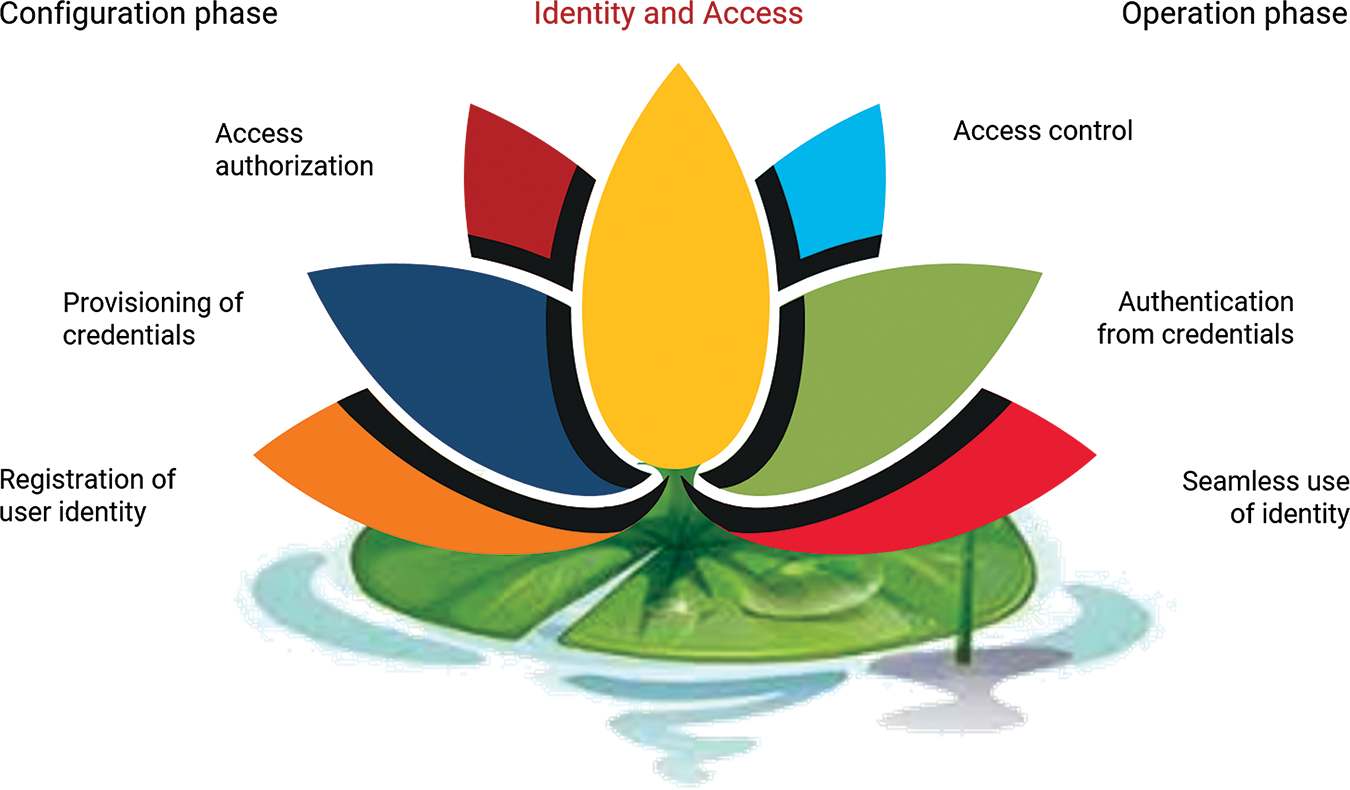7 Decentralized Identities
7.1 Identity Models
Since the advent of the internet, the models for online identity have advanced through four broad stages (see Figure 7.1; Garg, 2022a):

Figure 7.1 Online identity models: Stages of evolution.
7.1.1 Centralized Identity
The first model of digital identity management is extensively being used worldwide. It is controlled by a single authority. Each organization issues a digital identity credential to users to allow them to access their services. Each user is required to have a new digital identity credential for each new organization he/she engages with (see Figure 7.2). Aadhaar (UID) is an eloquent testimony of this prototype.

Figure 7.2 Centralized identity.
7.1.2 Federated Identity
The second model of digital identity management is called the Federated Model. The poor user experience of the first model led third parties to issue digital identity certificates that allow users to log into services and other websites.
It is regulated by multiple federated authorities. Microsoft’s Passport (1999) was the first to visualize federated identity, which allowed users to utilize the same identity on multiple sites. Federated identity permits users to wander from site to site under the system. However, each individual site remains an authority. ...
Get Blockchain for Real World Applications now with the O’Reilly learning platform.
O’Reilly members experience books, live events, courses curated by job role, and more from O’Reilly and nearly 200 top publishers.

